Springs are ubiquitous mechanical components found in various applications from watches to aerospace. One type of spring, the spiral spring, is unique in its design and provides several benefits over traditional springs. In this article, we explain what spiral springs are and delve into the creation of spiral springs, the materials used, considerations to keep in mind regarding them, their benefits, and their applications. Read More…
Coiling Technologies, Inc. has the experience and expertise to design and engineer the custom springs to meet your specific requirements. We are a leading manufacturer of high-tech, specialized springs and we are committed to providing quality products with fast lead times. Our automated process allows us to produce the reliable springs you need.
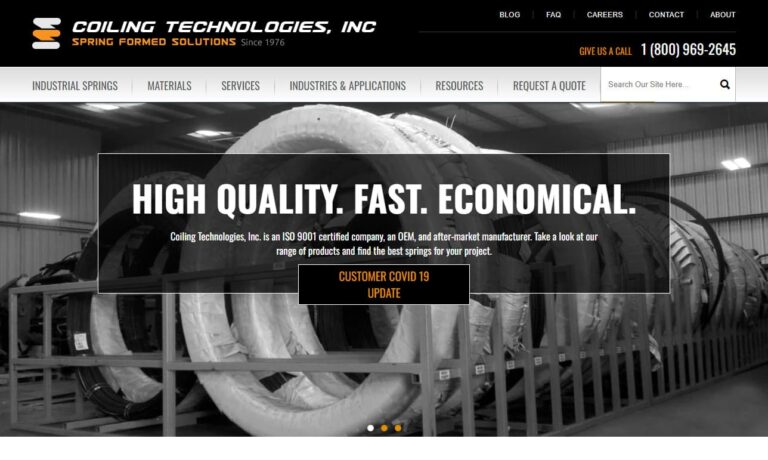
At Stalder Spring Works, we specialize in designing and manufacturing high-quality springs tailored to meet the diverse needs of our customers. With decades of experience, we have built a reputation for precision, durability, and reliability in every spring we produce. Our expertise covers a wide range of industries, ensuring that whether our customers require compression, extension, torsion, or...

At Sterling Springs LLC, we specialize in manufacturing a wide variety of high-quality springs for various industries and applications. Our product line includes compression springs, coil springs, torsion springs, extension springs, and industrial springs. We take pride in our capabilities to produce springs in a wide range of sizes and shapes, from tiny springs for delicate medical devices to...
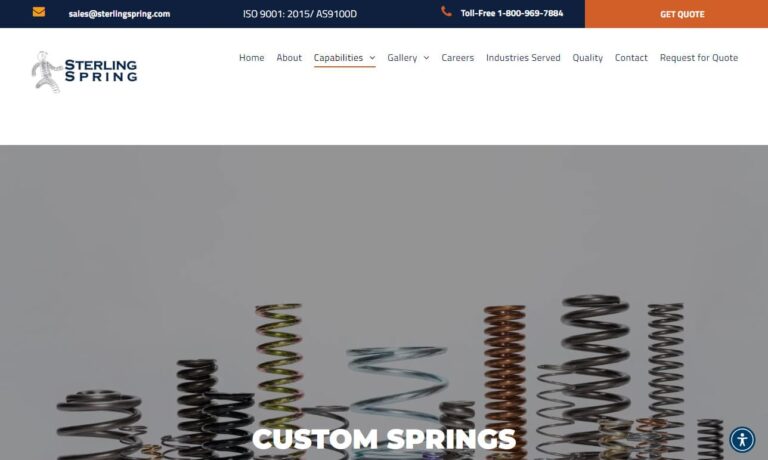
We offer years of combined experience and also provide production control, purchasing, and sales. We encourage creativity and empower both employees and customers. Our one-of-a-kind company provides many benefits for all our springs customers.
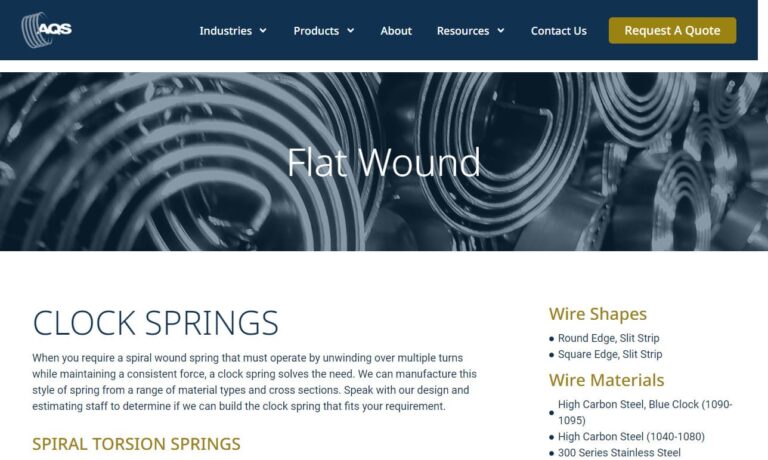
At C&F Wire Products, we dedicate ourselves to the precision design and manufacturing of springs that serve a wide range of industries and applications. With decades of experience, we have built our reputation on consistency, quality, and the ability to deliver solutions that meet the unique needs of our customers.
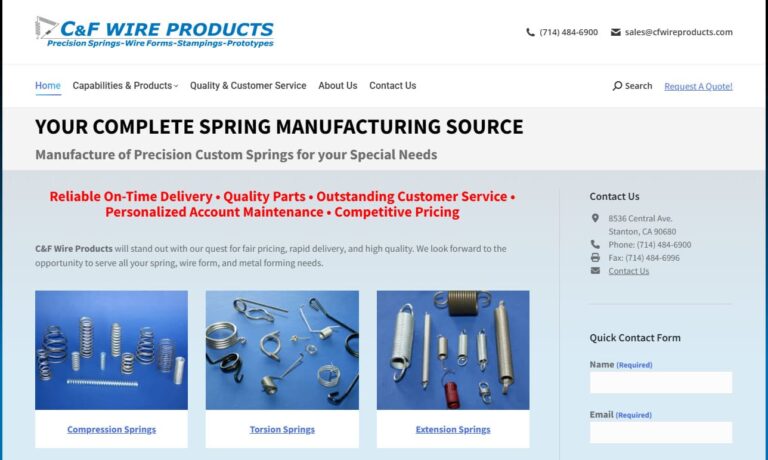
At Master Spring & Wire Form, we take pride in being a trusted manufacturer of precision springs and custom wire forms. We specialize in producing high-quality compression, extension, and torsion springs that serve a wide range of industries, from automotive and medical to electronics and industrial equipment.
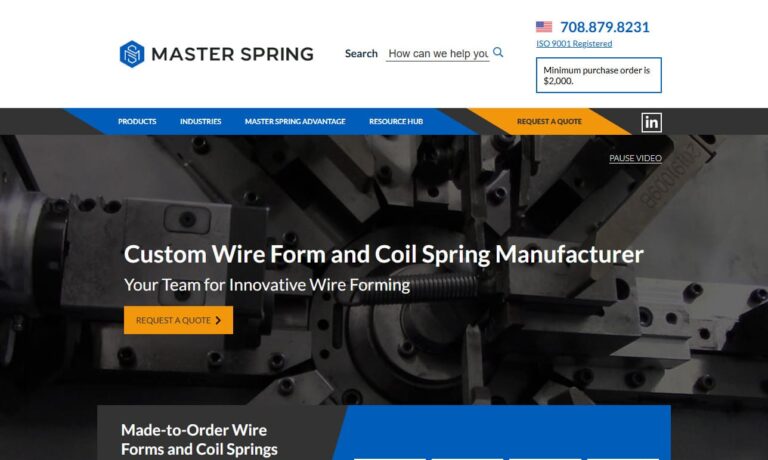
Action Spring has the experience and the expertise to manufacture dependable springs and wire forms for your application. Industries served include aerospace, electronics, recreational, and more. We can manufacture a variety of springs ranging in sizes from .003 to .500., and are able to produce almost any shape and size that a customer may need.
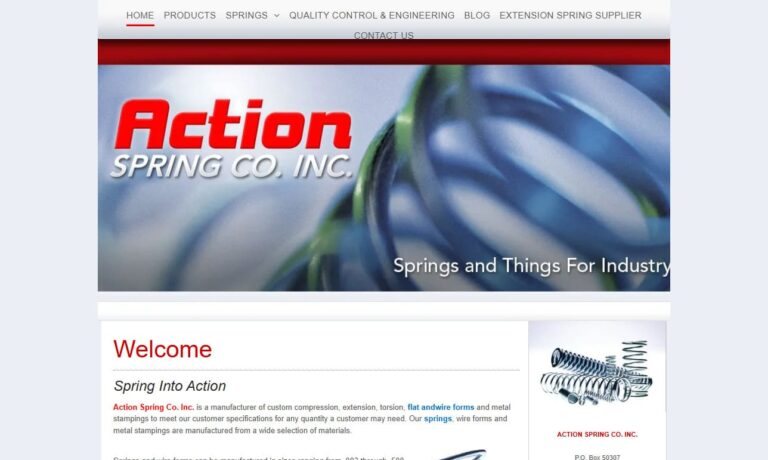
More Spiral Spring Manufacturers
What Are Spiral Springs?
Spiral springs are mechanical components that store mechanical energy by undergoing deformation. They are commonly used in various applications, including clocks, toys, and medical equipment. Spiral springs are unique in their design, which makes them ideal for applications where traditional springs cannot be used.
How Are Spiral Springs Created? What Method Is Best?
Spiral springs can be created using various methods, including cold winding, hot winding, and coiling. We discuss these methods below in greater detail and explain what factors go into determining what method is used.
Cold Winding
Cold winding is a method of creating spiral springs by winding a wire into a spring shape without the use of heat. Cold winding is typically used for smaller diameter wire and for springs that require high precision, such as those used in medical devices or precision instruments. The benefits of cold winding include a high degree of accuracy and repeatability, and a lack of distortion or discoloration of the material due to heat exposure.
Hot Winding
Hot winding involves heating the wire to make it more pliable and easier to wind into a spring shape. This method is often used for larger diameter wire and for springs that require a higher load capacity. Hot winding allows the wire to be formed into more complex shapes and can produce a stronger and more durable spring compared to cold winding. However, hot winding can result in material fatigue due to the heat exposure, which can shorten the lifespan of the spring.
Coiling
Coiling is a method of creating spiral springs by wrapping a wire around a central core to create a spring-like shape. This method is often used for springs that require a large number of coils, such as those used in upholstery or mattress construction. Coiling is an efficient and cost-effective method, as it allows for the creation of large numbers of springs quickly and easily. However, coiled springs can have a lower load capacity compared to those created using cold or hot winding methods.
The choice of a particular method for creating spiral springs depends on various factors, including the application, material used, and design requirements. For example, a spring used in a medical device may require a high degree of precision and repeatability, making cold winding the preferred method. On the other hand, a spring used in a suspension system of a car or airplane may require a high load capacity, making hot winding the better choice. Additionally, the cost and time required for each method must also be considered when making a decision on the best method to use for a particular application.
What Materials Are Used for Spiral Springs?
The materials used to create spiral springs include steel, stainless steel, titanium, and other metals. Each material has its unique properties that make it ideal for specific applications. For example, stainless steel is commonly used in the food and medical industries because of its corrosion resistance and ease of cleaning. The choice of material depends on the application, load requirements, and environmental conditions.
What Considerations Are There for Spiral Springs?
Spiral springs have several considerations to keep in mind during their manufacture and use. One significant issue is the potential for stress and deformation during the manufacturing process, which can result in material fatigue and a shortened lifespan. Additionally, it is essential to consider safety requirements when designing and manufacturing spiral springs, especially in applications where failure could result in harm to people or damage to equipment.
What Are the Benefits of Spiral Springs?
Spiral springs provide several benefits over traditional springs, including increased load capacity, less friction, and a more compact design. Because of their unique shape, spiral springs can store more energy than traditional springs, making them ideal for applications that require high force and deflection. Additionally, spiral springs have less friction, resulting in smoother operation and less wear and tear on equipment.
What Are Some Applications of Spiral Springs?
Spiral springs have numerous applications, including:
Clocks and Watches
Spiral springs are commonly used in the mechanisms of clocks and watches to provide the necessary force to move the hands.
Automotive and Aerospace Industries
Spiral springs are used in the suspension systems of cars and airplanes to provide shock absorption and stability.
Medical Equipment
Spiral springs are used in medical equipment such as respirators and infusion pumps to provide accurate and precise control of fluid flow.
Toys and Games
Spiral springs are used in toys and games such as wind-up cars and jack-in-the-boxes to provide motion and surprise.
Upholstery
Spiral springs are used in furniture upholstery to provide comfort and support.
Exercise Equipment
Spiral springs are used in exercise equipment such as resistance bands and springs to provide resistance and support.
Choosing the Right Spiral Spring Supplier
To ensure you have the most beneficial outcome when purchasing spiral springs from a spiral spring supplier, it is important to compare several companies using our directory of spiral spring suppliers. Each spiral spring supplier has a business profile page highlighting their areas of experience and capabilities along with a contact form to directly communicate with the supplier for more information or to request a quote. Review each spiral spring business website using our patented website previewer to quickly learn what each company specializes in. Then, use our simple RFQ form to contact multiple spiral spring companies with the same form.


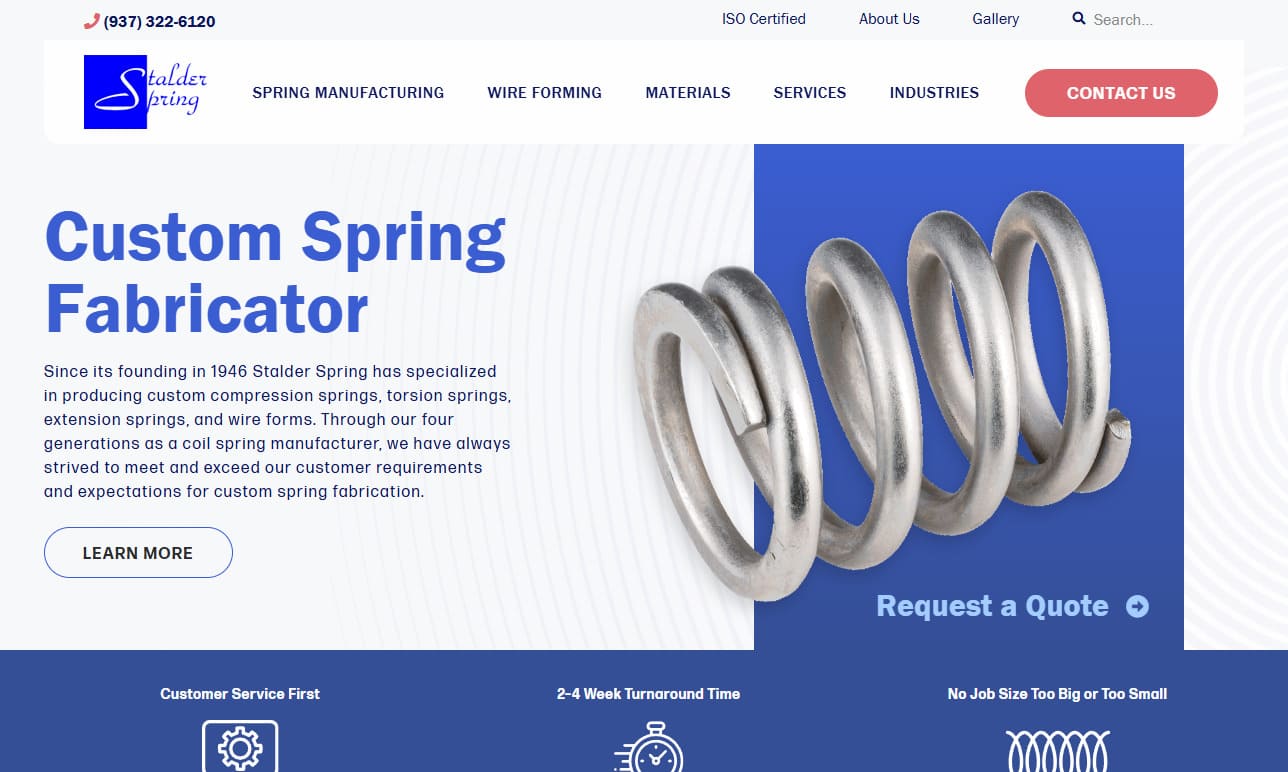
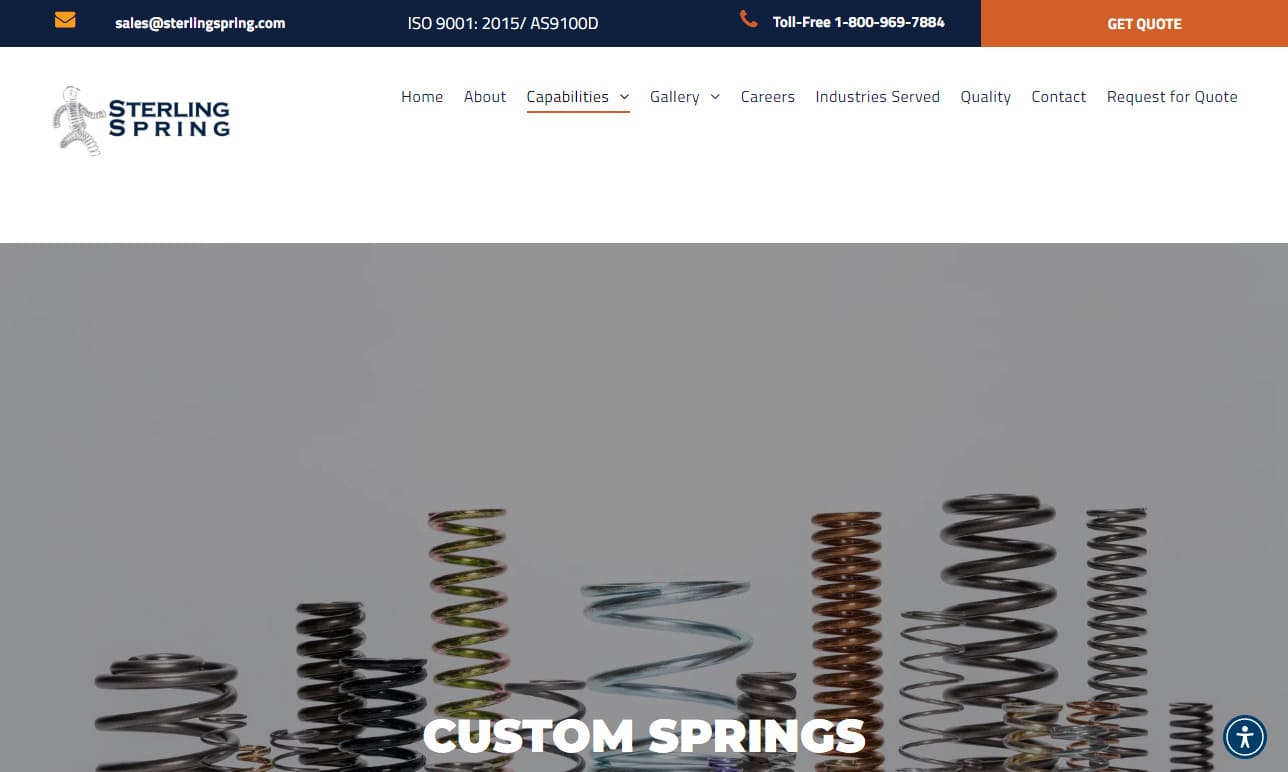

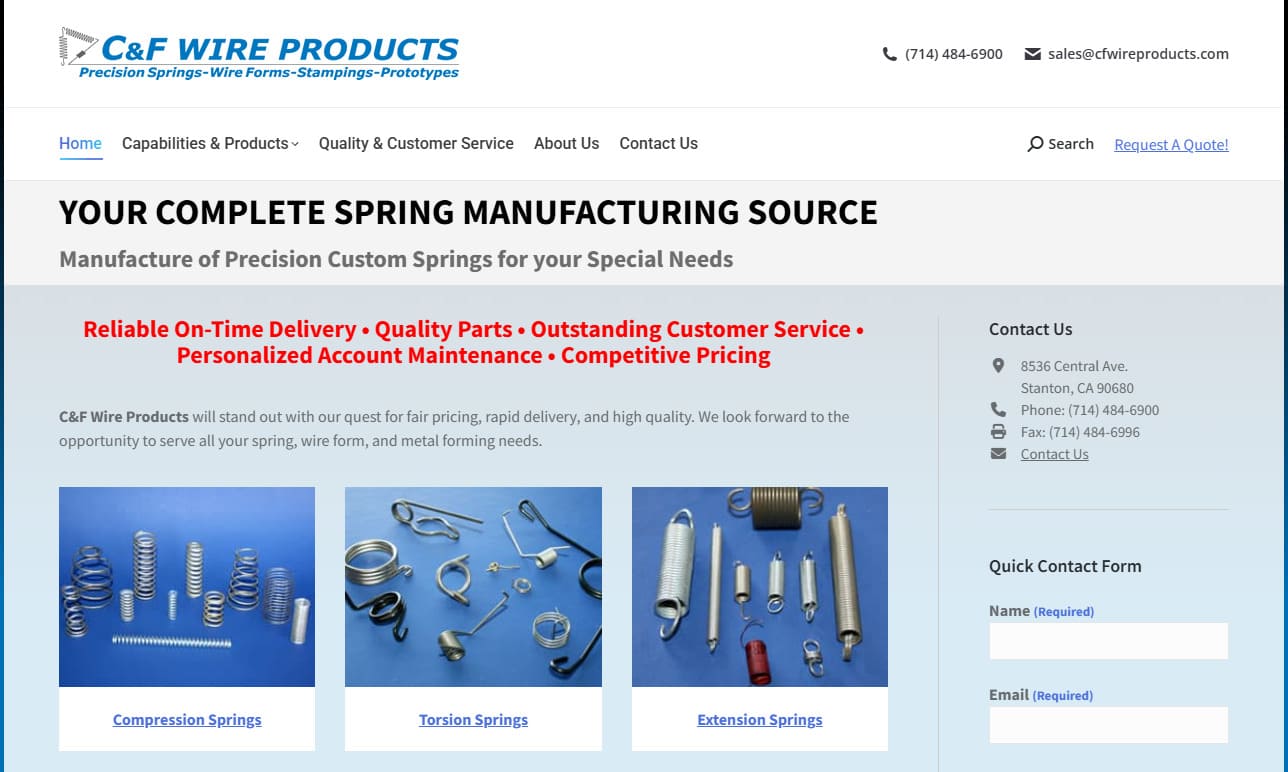
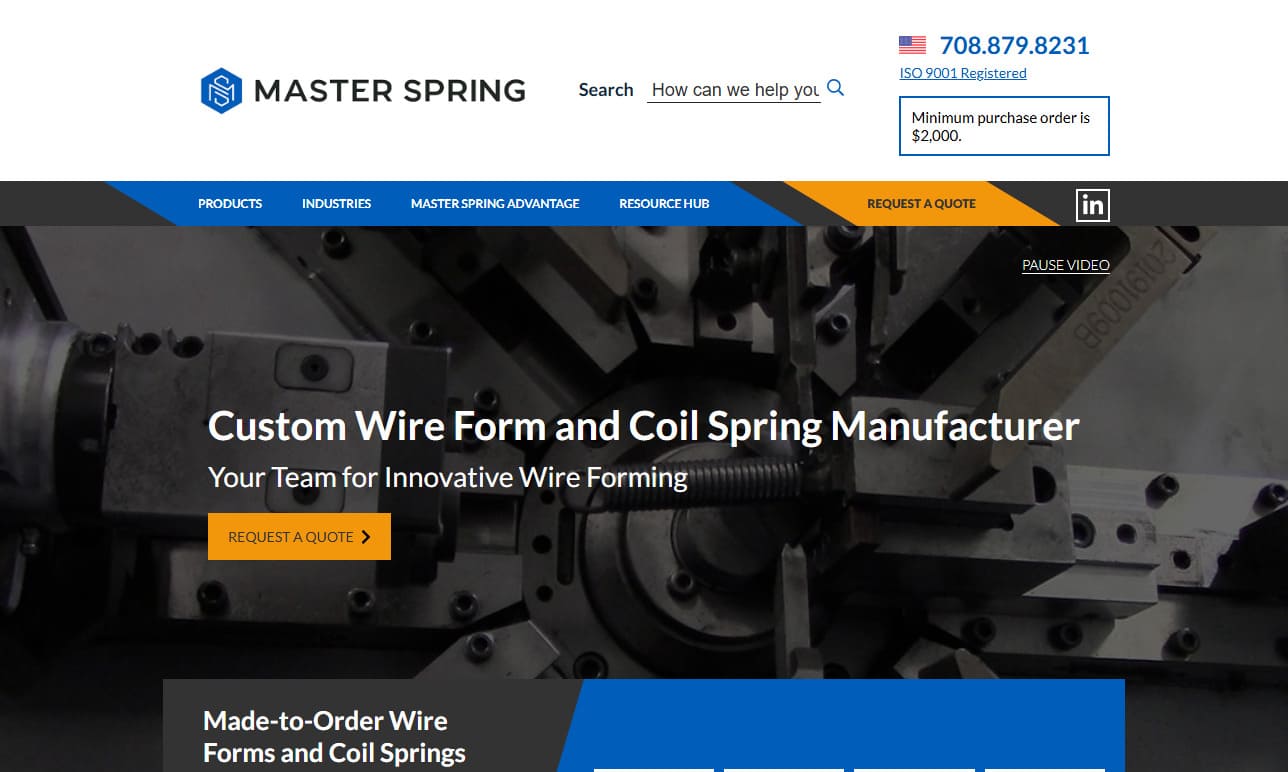

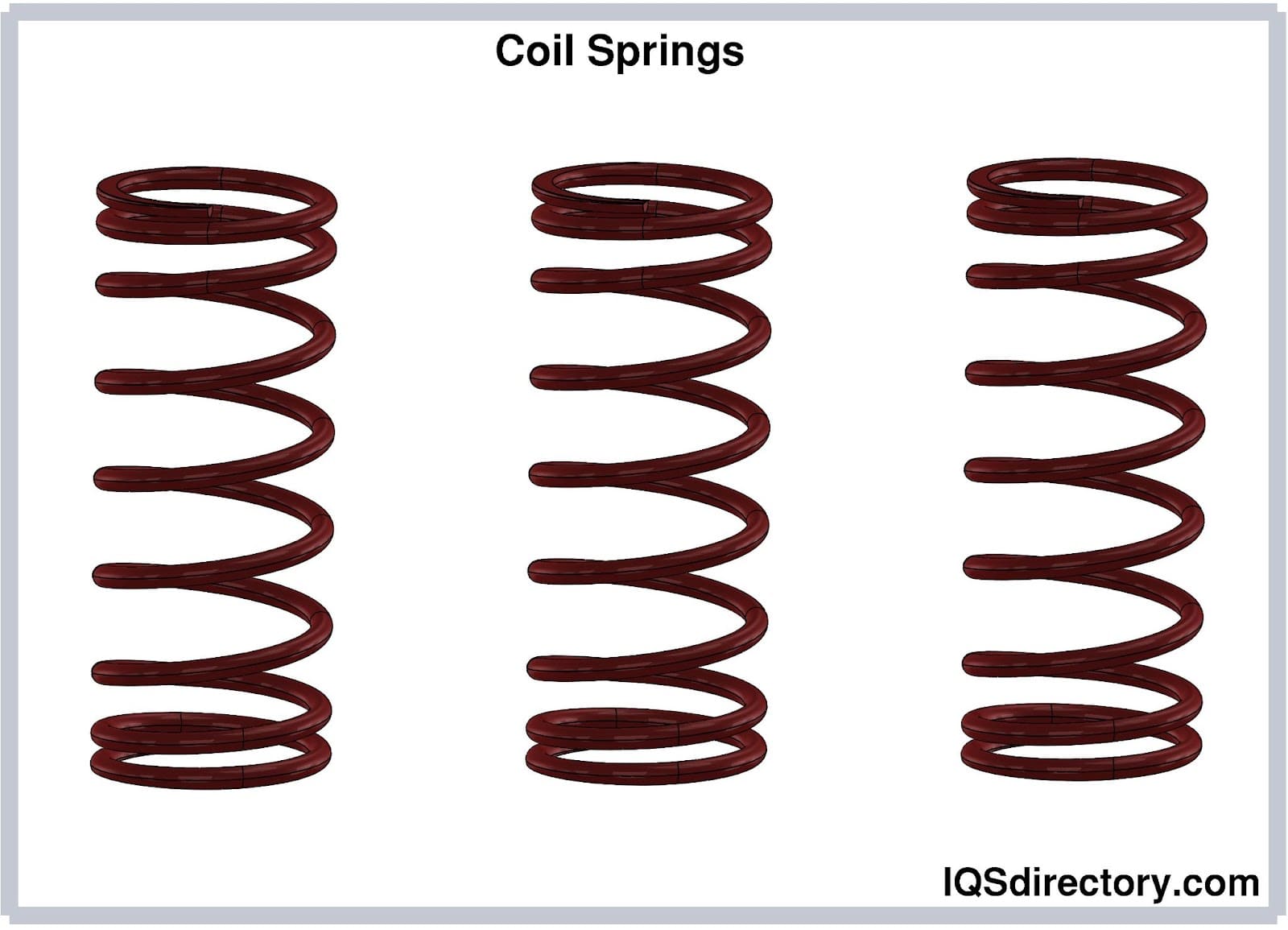
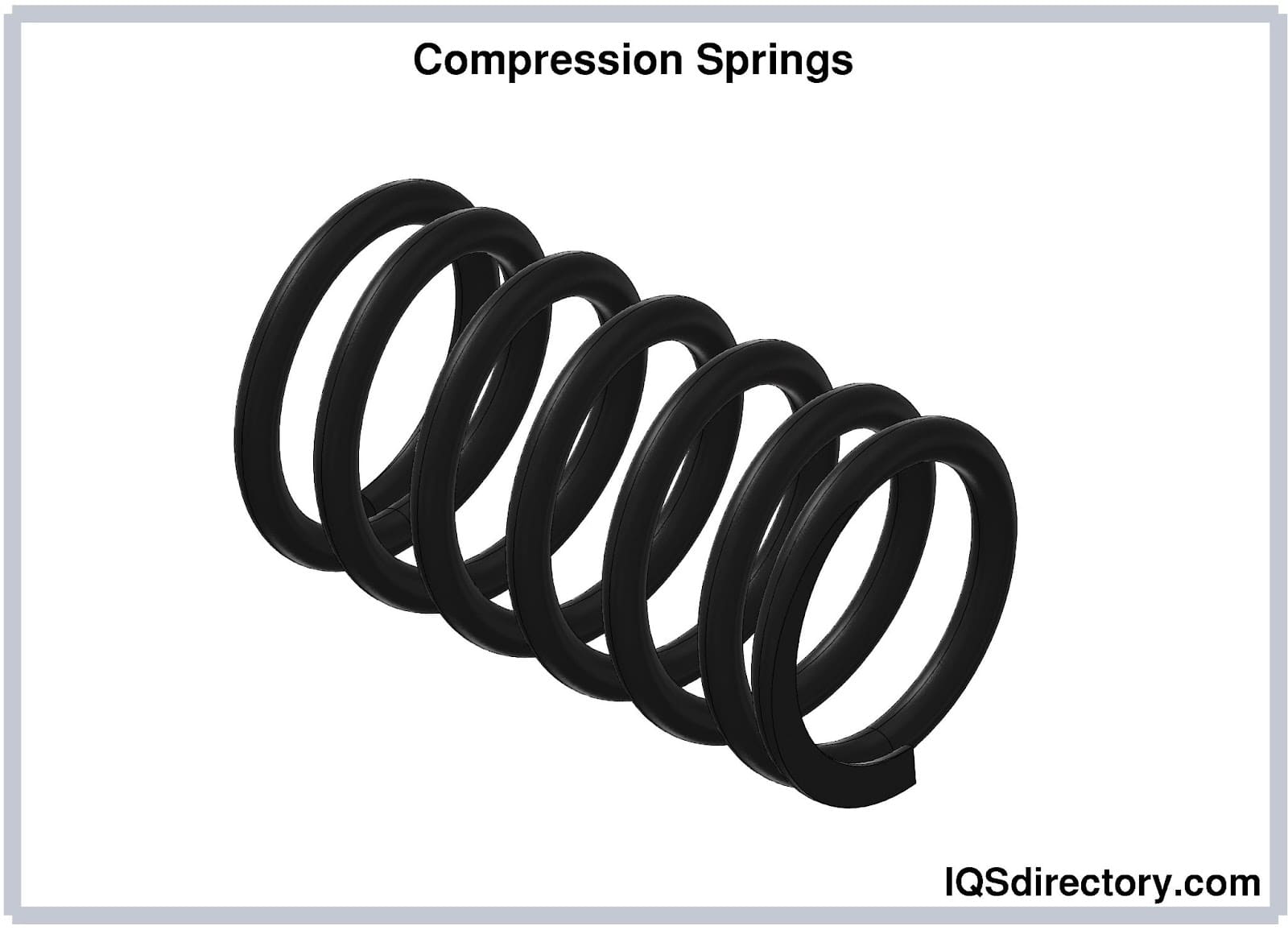
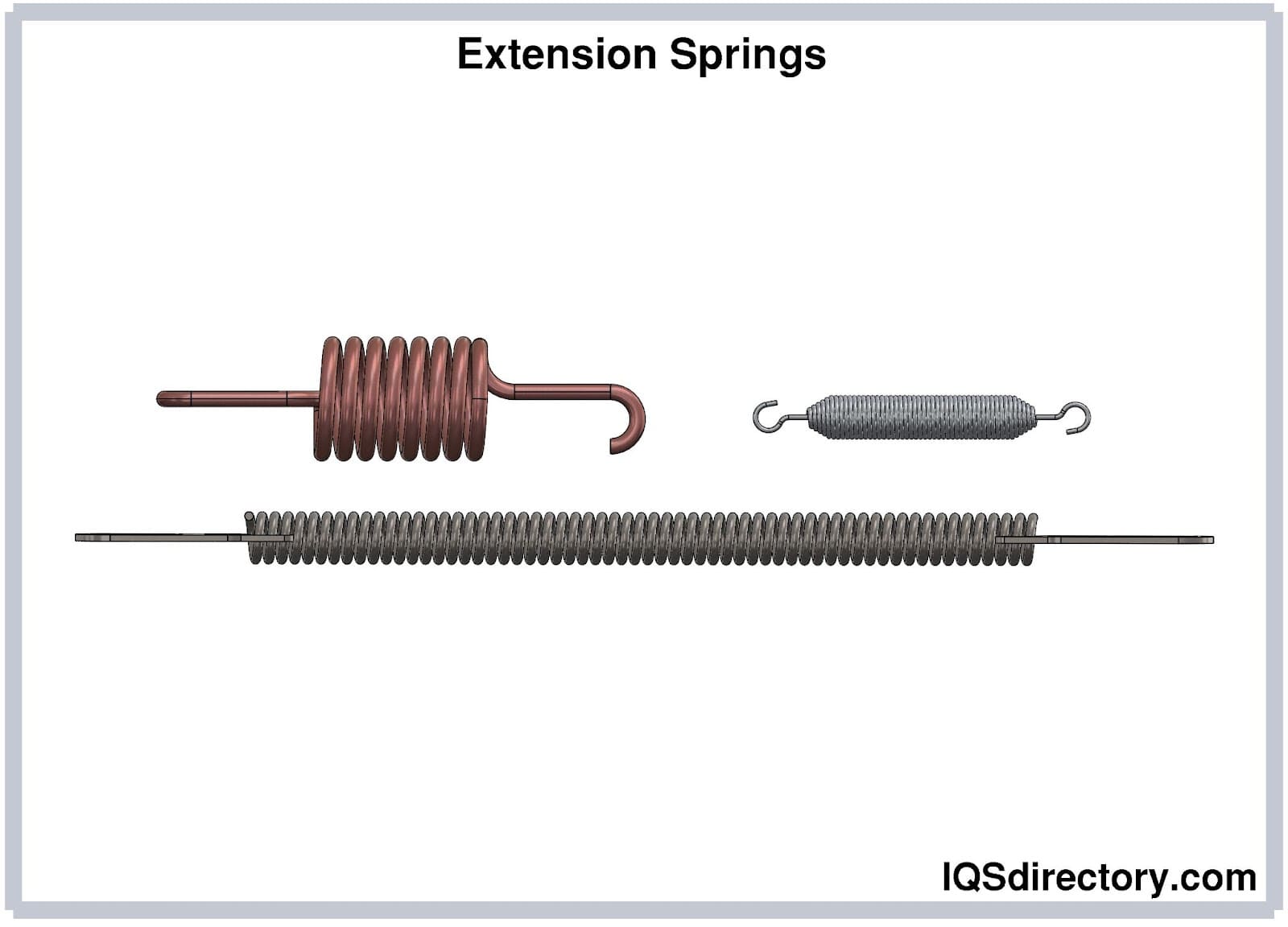
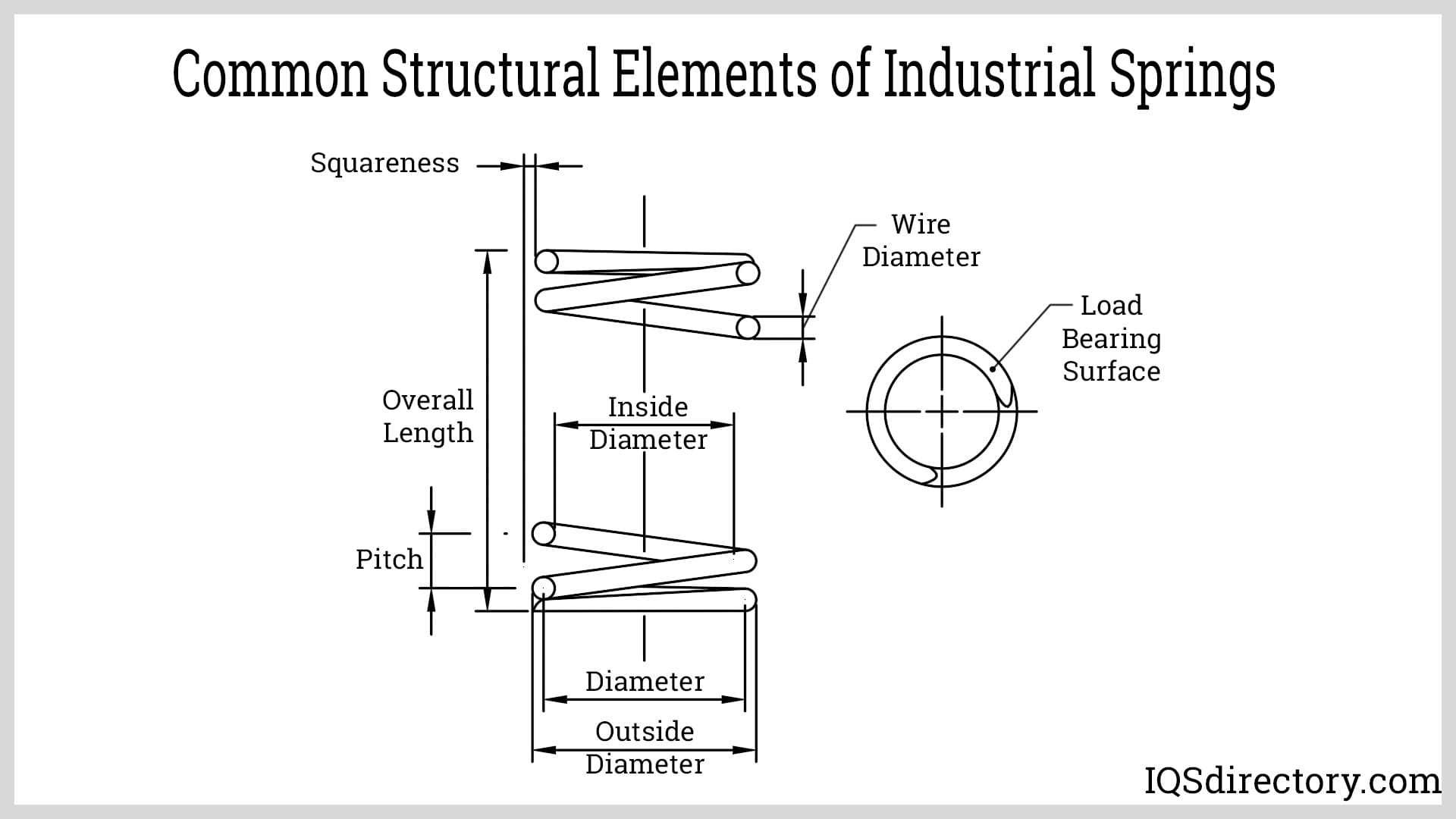
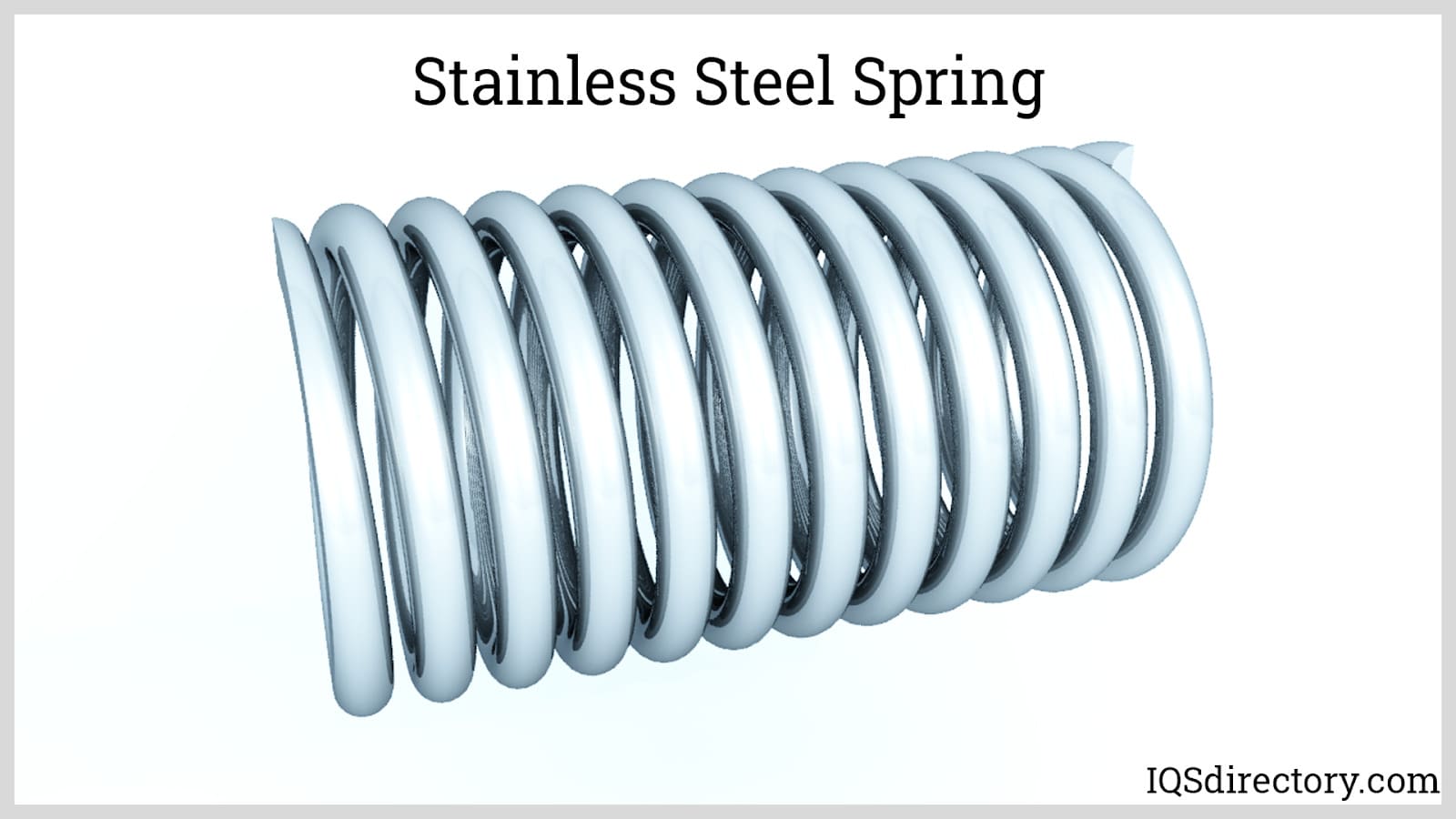
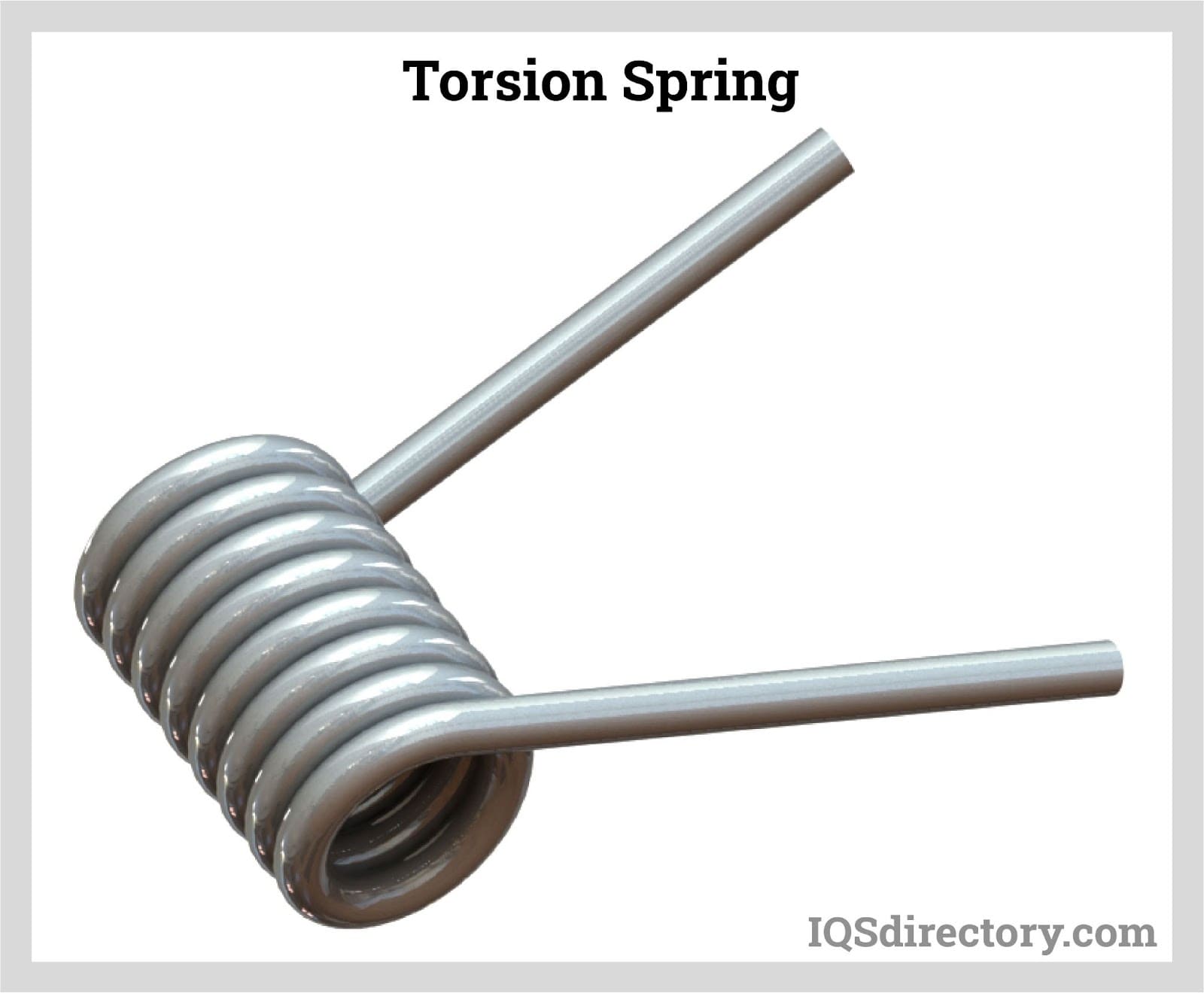
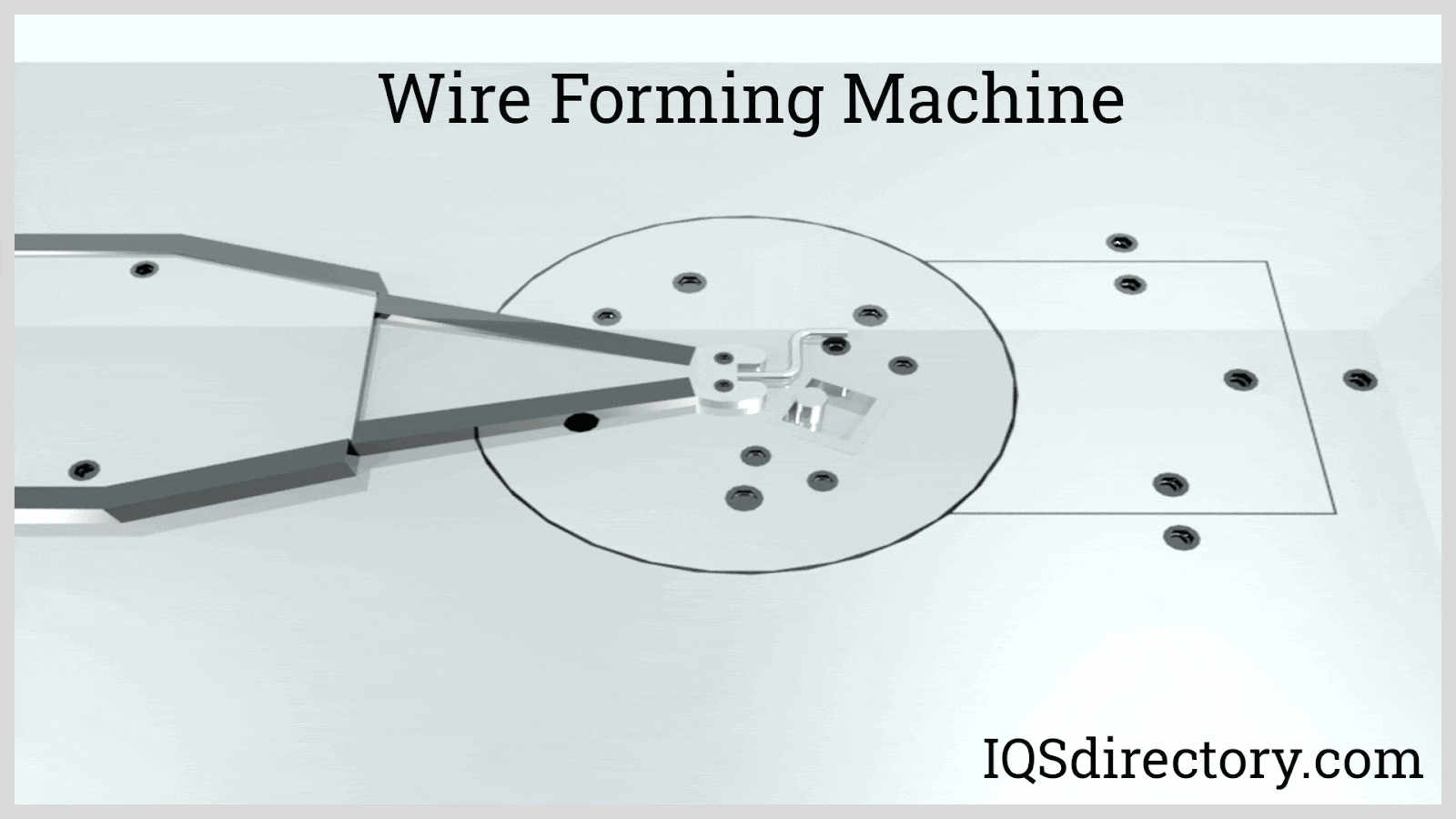
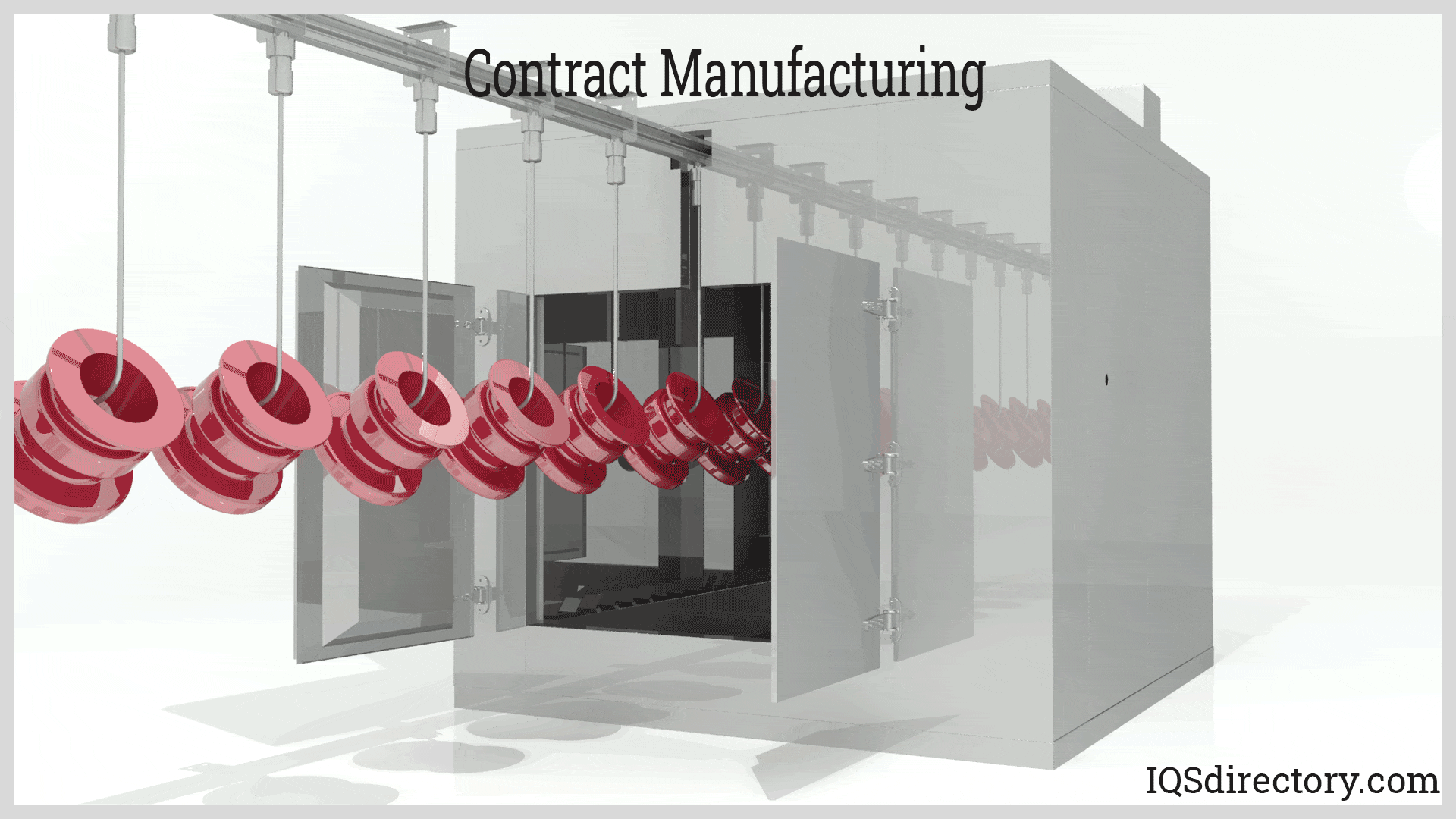
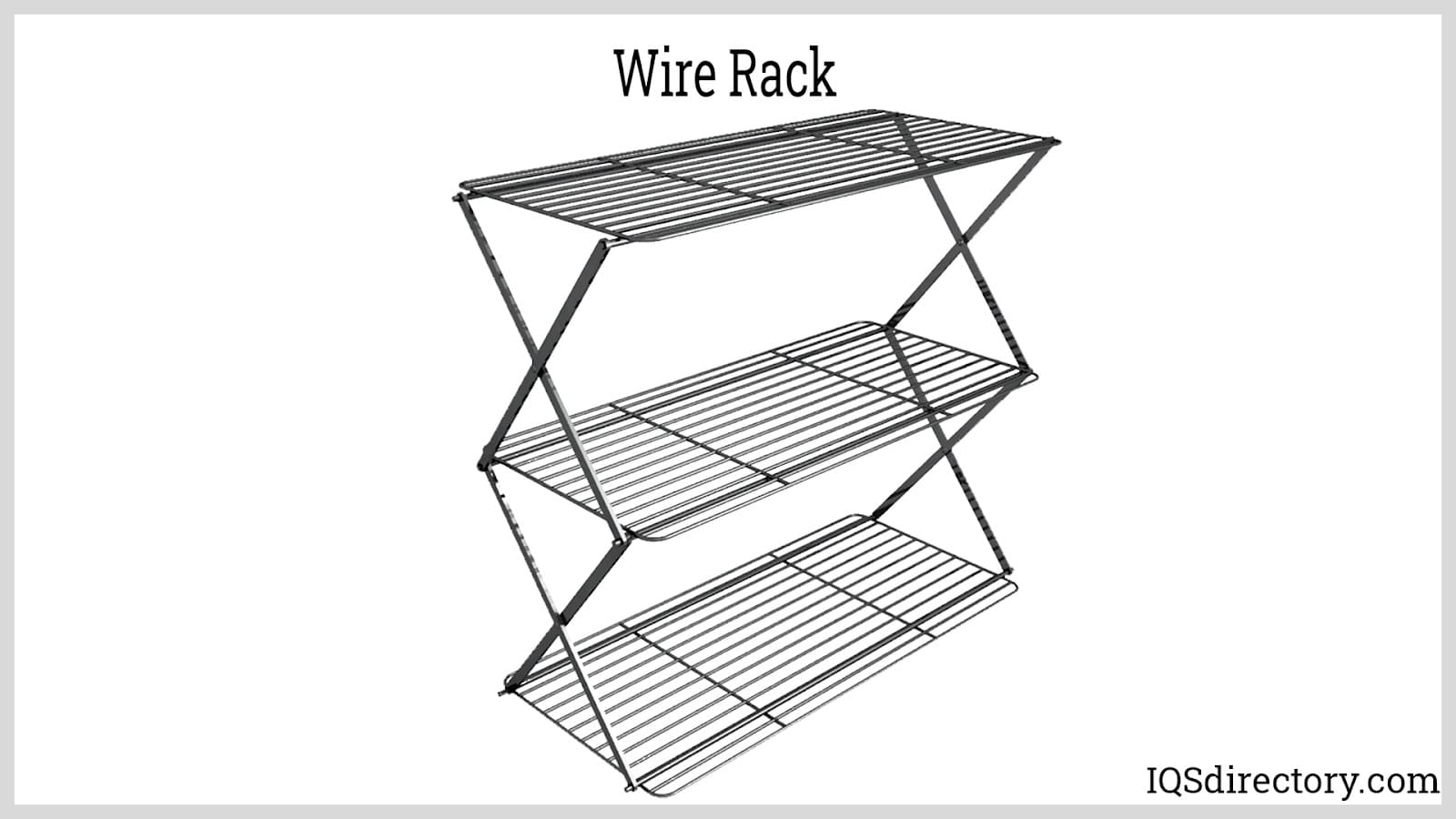
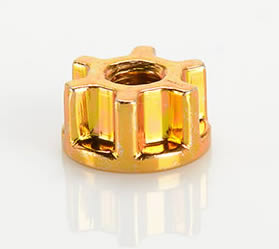 Cold Headed Parts
Cold Headed Parts Expanded Metals
Expanded Metals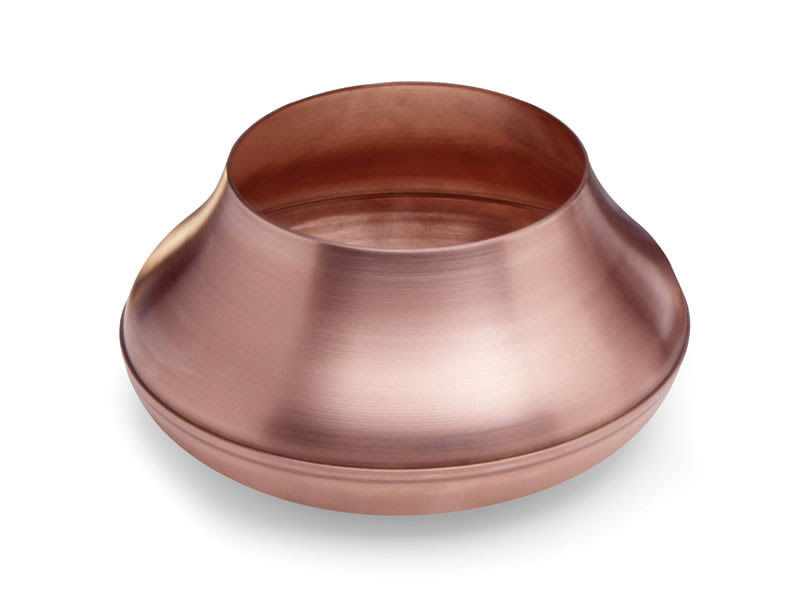 Metal Spinning
Metal Spinning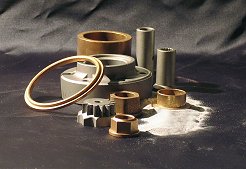 Powdered Metal Parts
Powdered Metal Parts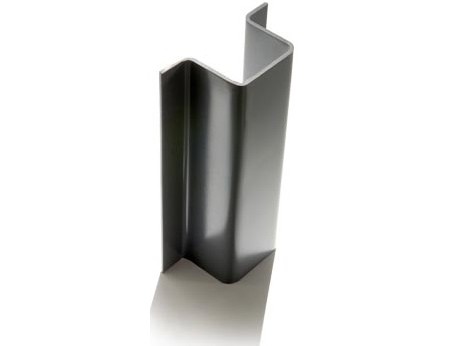 Roll Forming
Roll Forming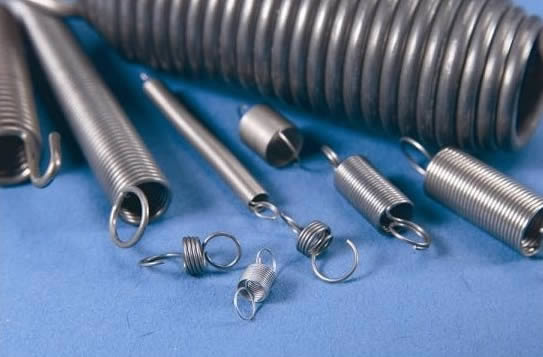 Springs
Springs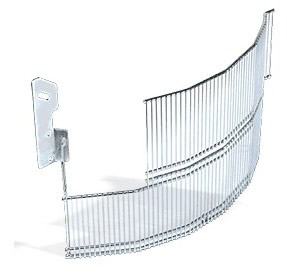 Wire Forms
Wire Forms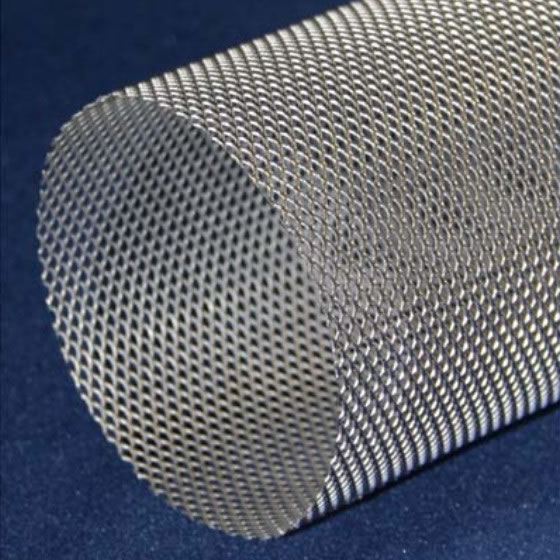 Wire Mesh
Wire Mesh Castings & Forgings
Castings & Forgings Bulk Material Handling
Bulk Material Handling Electrical & Electronic Components
Electrical & Electronic Components Flow Instrumentation
Flow Instrumentation Hardware
Hardware Material Handling Equipment
Material Handling Equipment Metal Cutting Services
Metal Cutting Services Metal Forming Services
Metal Forming Services Metal Suppliers
Metal Suppliers Motion Control Products
Motion Control Products Plant & Facility Equipment
Plant & Facility Equipment Plant & Facility Supplies
Plant & Facility Supplies Plastic Molding Processes
Plastic Molding Processes Pumps & Valves
Pumps & Valves Recycling Equipment
Recycling Equipment Rubber Products & Services
Rubber Products & Services